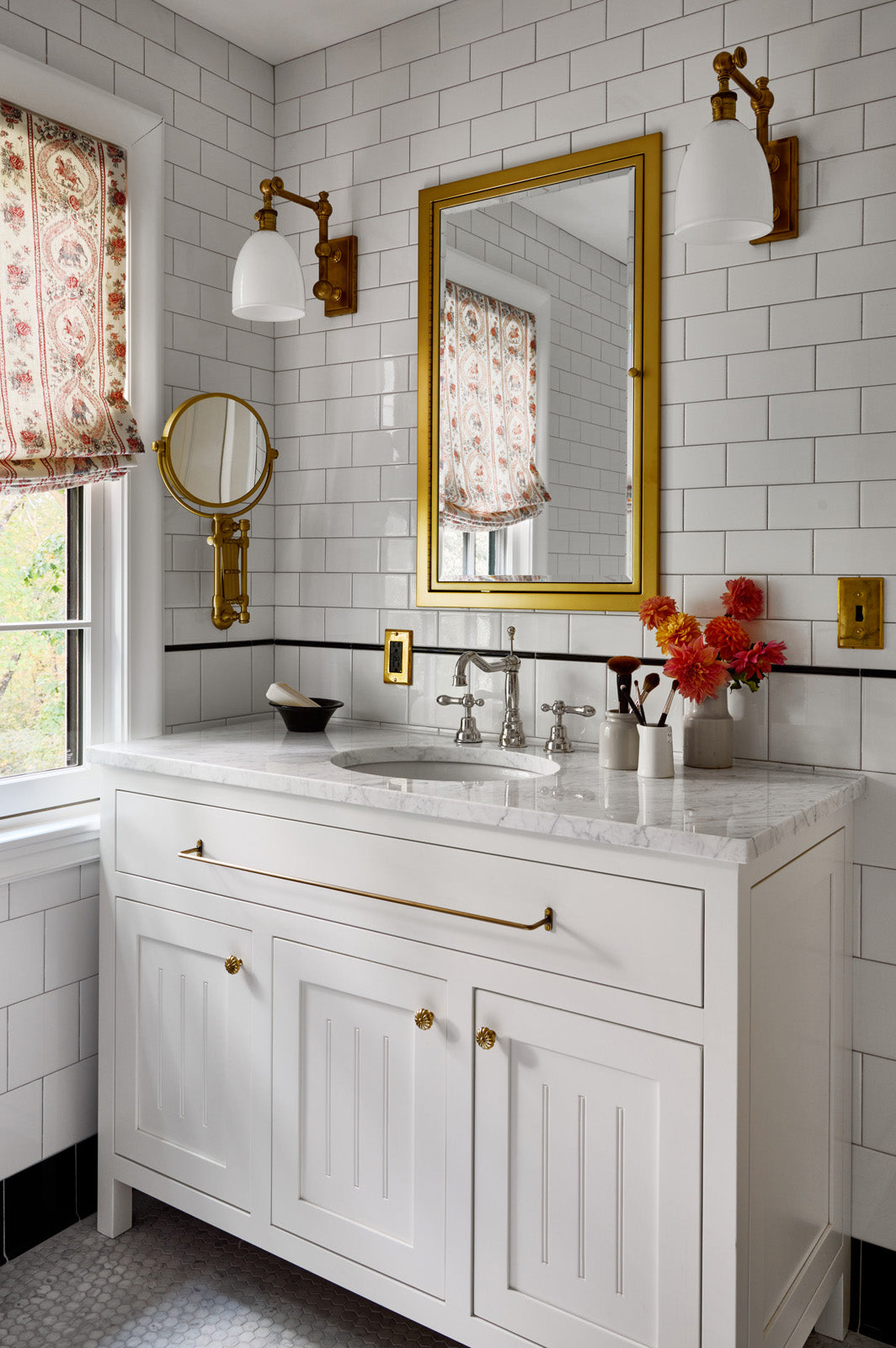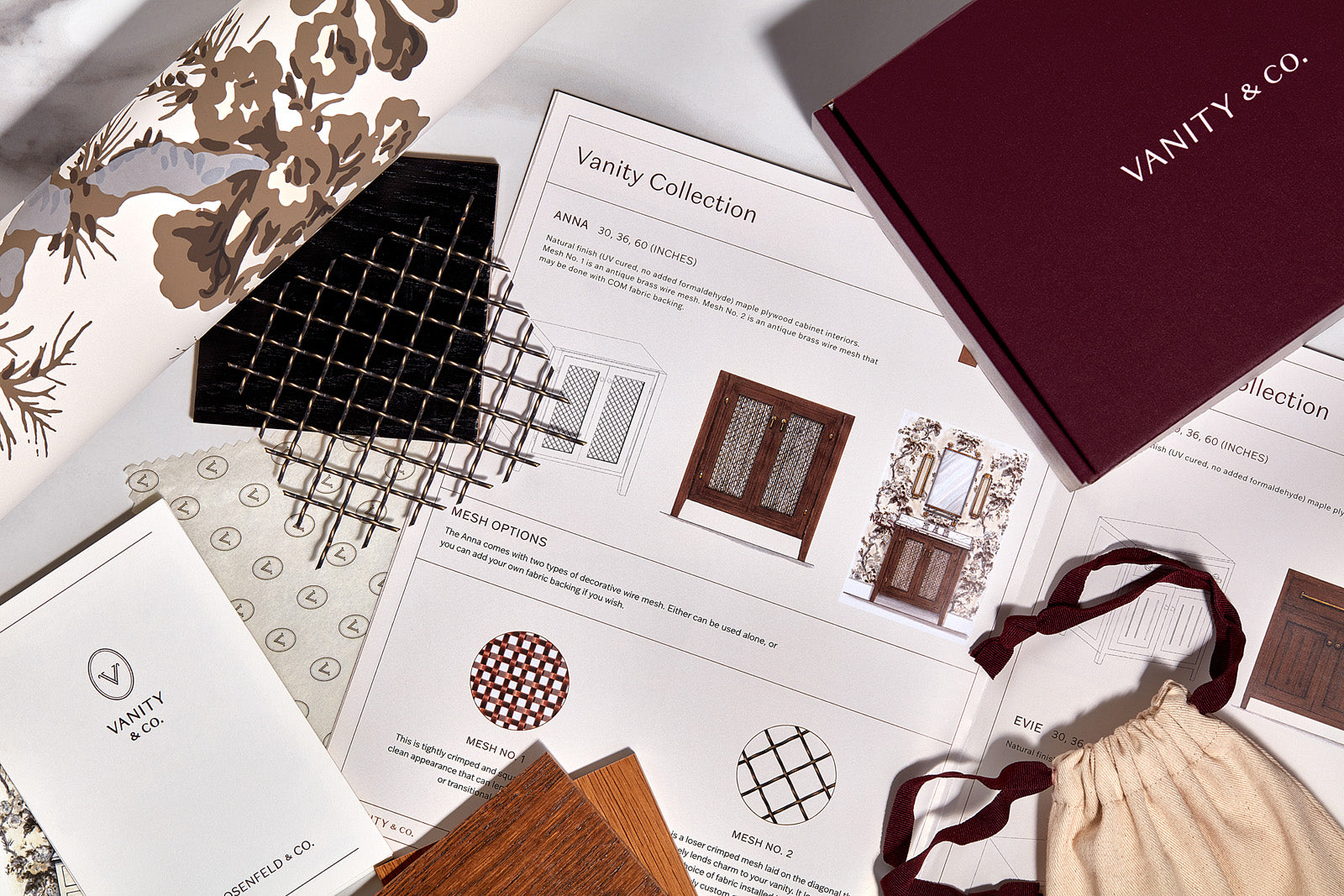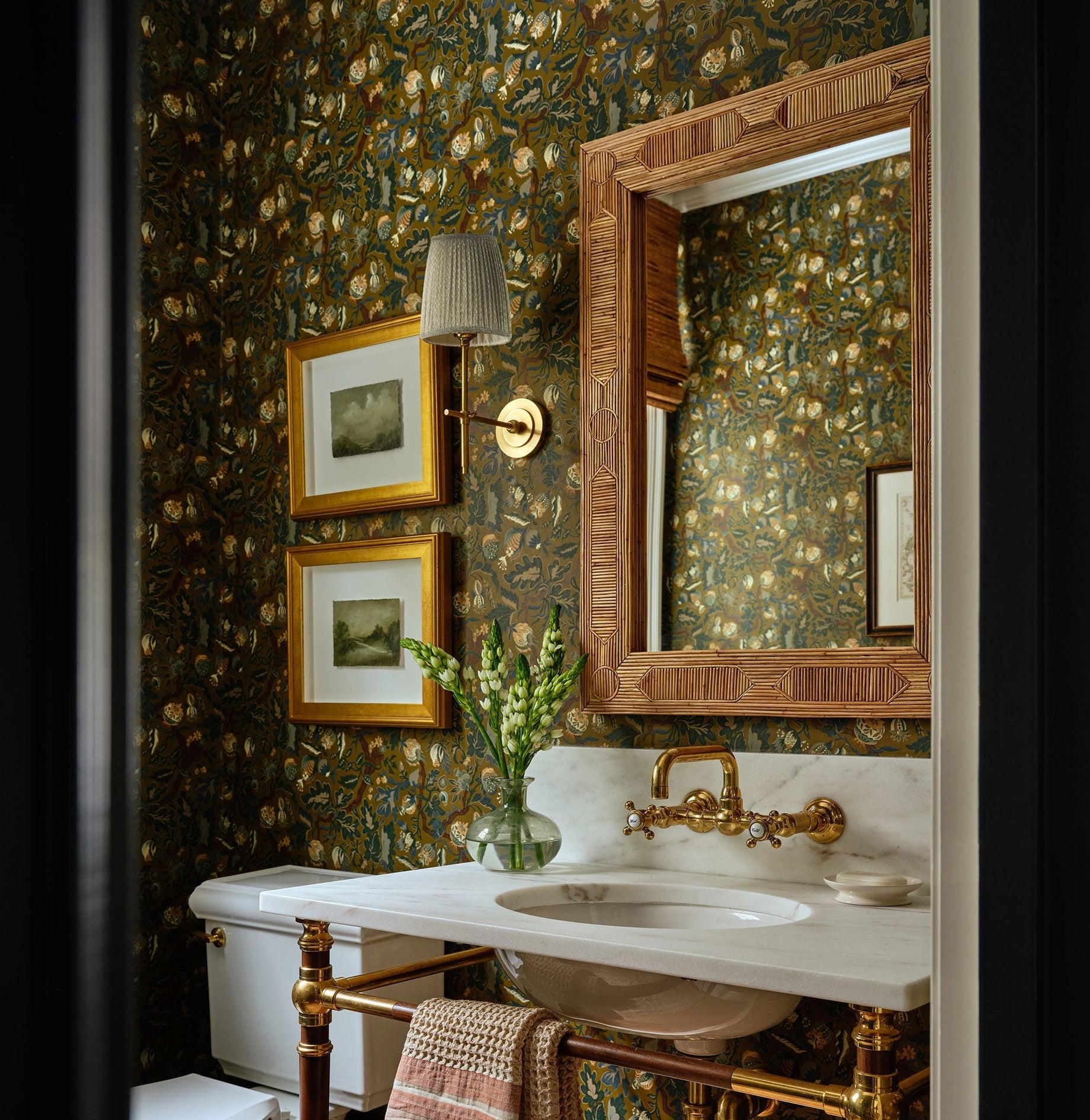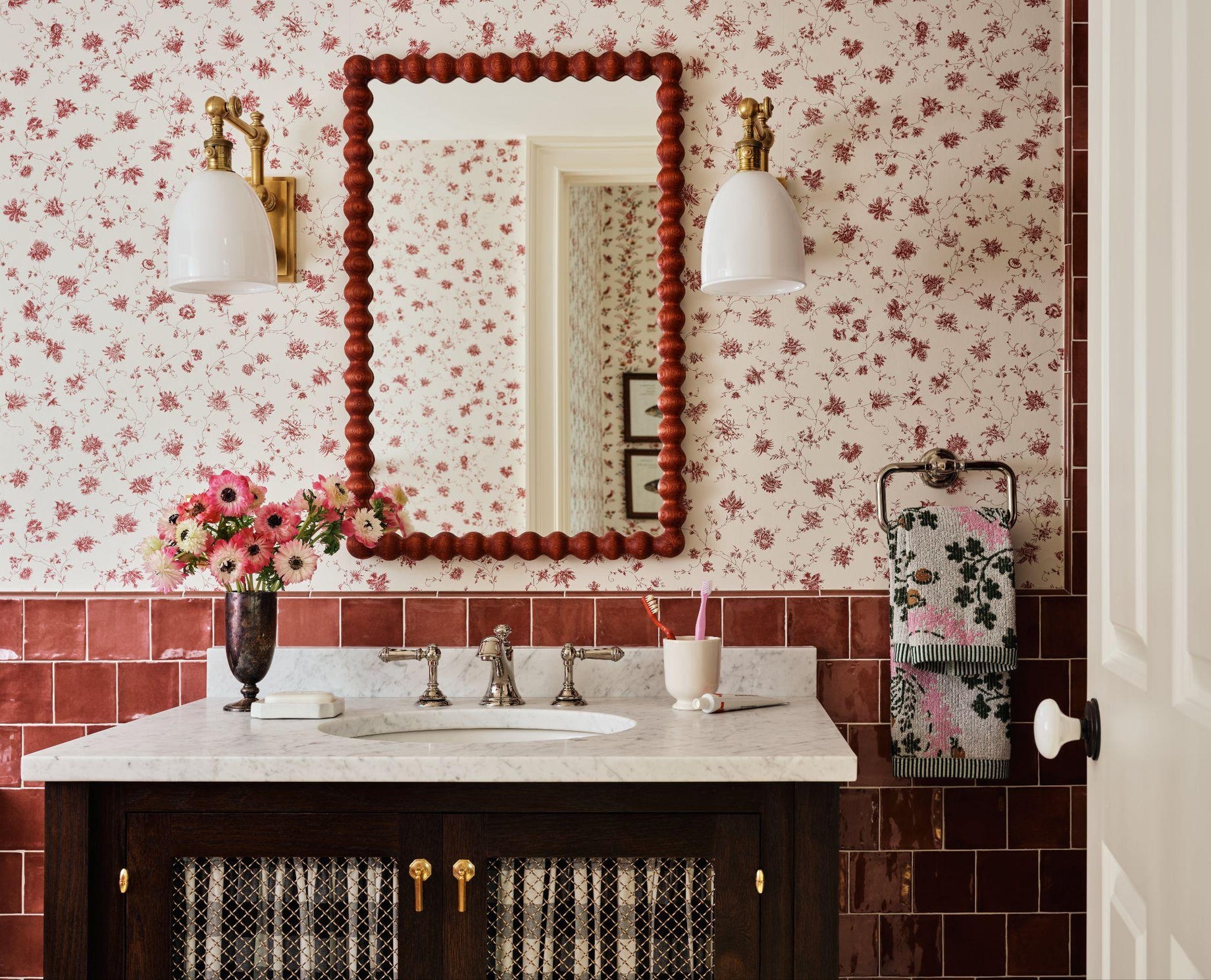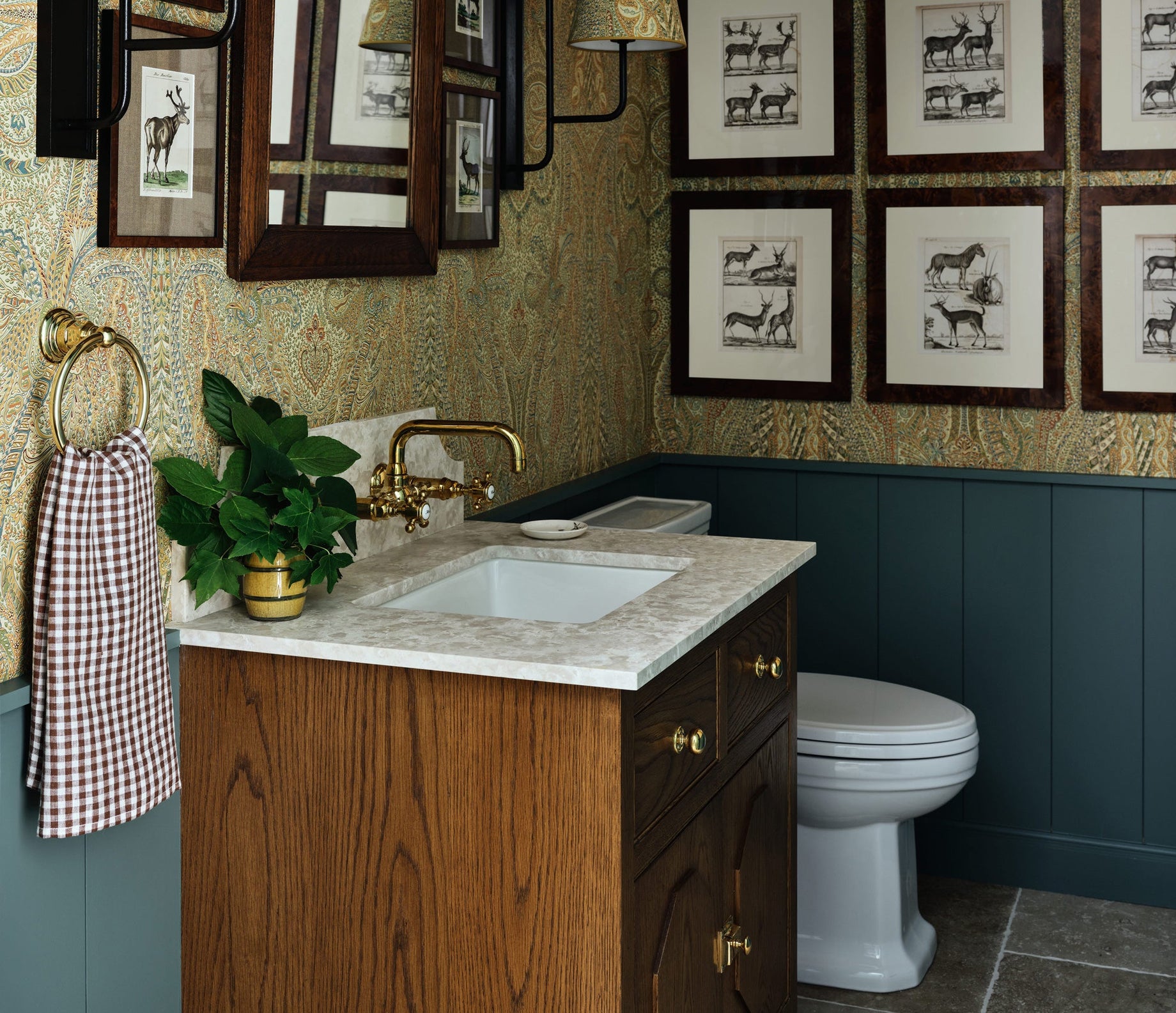Intentional Clutter or Real Life Decorating?
I have never been a fan of clean, spare spaces. To me, a kitchen without things on the counters feels cold and antiseptic. Staged bookshelves look so cliche - I much prefer haphazard stacked of real books and odds and ends thrown in rather than curated objects perfectly spaced out. I will choose a rempled off center pillow or angled dining chair any day over a perfectly chopped or straight one.
So, is this intentional clutter or is this just lived in and natural? Maybe what this trend is really about is embracing reality rather than staged perfection. It makes sense - the former is where you find character and warmth and that is what I am all about in my interiors.
So how do you embrace the "more is more" mindset without ending up in an episode of Hoarders? Start here.
1. Curate, Don’t Collect
Intentional clutter is not an excuse to buy more. It’s a challenge to style better. Think: stacks of well-worn books on the edge of a clawfoot tub, mis-matched pillows galore, framed art leaning against tile. These aren’t random additions — they’re styled punctuation marks in your design story.
If you’re new to maximalism, start small. We like to begin in the bathroom (yes, the bathroom), where pattern drenching is already laying the groundwork. Maximalism isn’t just for living rooms and libraries — it lives beautifully in powder rooms too. See how we layer color and pattern in unexpected places.
2. Layer with Purpose
Intentional clutter is all about layering — but with a plot. Mix textures, eras, and finishes in a way that feels deliberate. Pair that timeless vanity with an ornate mirror, then add a modern sconce or an antique brass tray filled with your skincare essentials. It's not just stuff — it's an ecosystem.
And remember: negative space is still part of the narrative. Leaving a few corners bare makes the clustered corners feel even more curated.
3. Make Meaning the Focal Point
When every object has a story, clutter stops looking like clutter. That cracked ceramic bowl from your trip to Oaxaca? Center it. The oil painting you inherited from your aunt? Give it a wall of its own. Your vanity isn’t just a functional zone — it’s a shrine to your story. Let it be both personal and a little theatrical.
4. Color Is the New Minimalism
White walls are restful, sure. But maximalism makes a case for dopamine décor: think burgundy plaster, emerald zellige, ochre marble. If you’re hesitant, try it in doses — a painted ceiling here, a jewel-toned bath mat there. Our rule of thumb? If it feels too bold, you’re probably doing it right.
And if you need proof that color belongs in the bathroom too, we’ve already made the case here.
5. Embrace the Beautiful Mess
Finally, a permission slip to loosen up. Life doesn’t unfold in straight lines, and your space doesn’t have to either. The new maximalism allows for a little chaos — the lipstick left on the vanity, the scarf draped over a chair, the record player paused mid-song. In fact, it welcomes it.
Just keep your clutter conscious. Intentional clutter is lived-in, not lazy. It celebrates the dailiness of life — your rituals, your habits, your layers.
Final Word: Make Room for More (But Make It Matter)
In 2025, we’re leaving behind the fear of too much and leaning into a layered, expressive design language that celebrates abundance — of texture, of color, of soul. Whether you start with a few extra prints on the wall or go full pattern-on-pattern maximalism, just remember: more is more, when it’s done on purpose.
Now go forth and clutter — intentionally.


